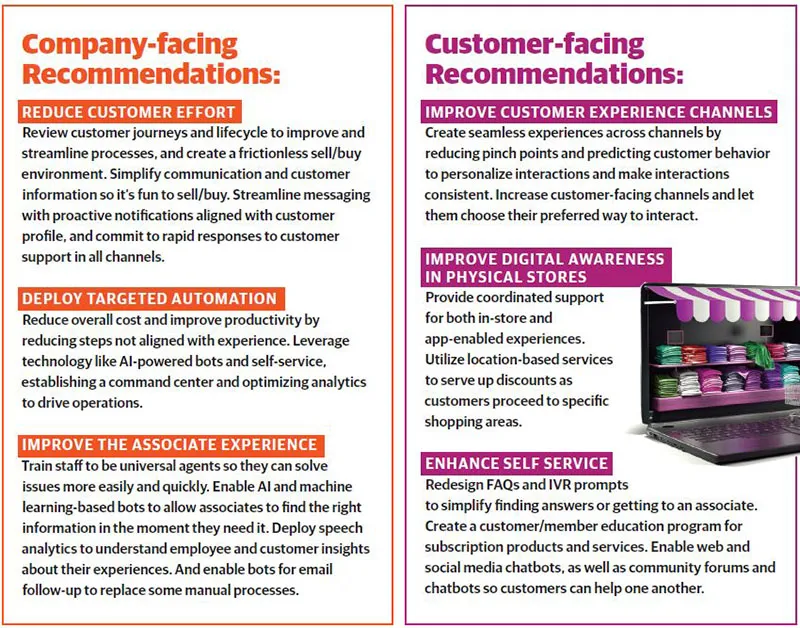For all its negative coverage, the retail industry is experiencing a renaissance in 2019. According to the National Retail Federation, 2018 sales surpassed expectations, and 2019 U.S. retail sales are expected to increase between 3.8 percent and 4.4 percent to more than $3.8 trillion.
That’s good news for general revenue projections. But for individual companies, the challenge will be standing out in a crowded retail market. The line is blurring between online and physical stores, and competition is increasing. To succeed, companies need to balance great products with superior customer experience (CX), both online and off.
So, what is the state of CX among retail and e-commerce companies? TTEC Digital recently conducted an assessment of six leading online retail brands, where we assessed channel experience and overall service. Mystery shopping, voice of the customer, and other interviews helped provide a snapshot of the customer experience across the following channels: FAQ, website, chat, phone, social media, email, and mobile app. Here’s what we found:
Overall retail trends:
Loyalty is transitory: Customers wants to be informed. They search and compare prices, quality, and other customer reviews on retail sites and via external sites and social media.
Digital competition is challenging: Online customer behavior and new technology platforms complicate the delivery of integrated experiences across web, apps, social, and other emerging channels.
New business models are emerging: Brick and mortar is less important, but the interaction of reality with cyberspace creates opportunities and new experiences.
Experience is the key to win: In a transparent environment where the prices and cost are well known in an instant, differentiators are found in customer effort, productivity, and customer service.
Technology is an enabler: Rapid changes in technology require organizations to adopt new trends and applications at a faster rate.
Research highlights:
- FAQ is the leading customer support channel, followed by email, then voice, and live chat.
- Mobile sites are not always aligned to websites.
- Customers are asked for order information even when signed into the website, leading to double effort.
- Customer support hold times and resolution rates do not meet customer expectations.


















